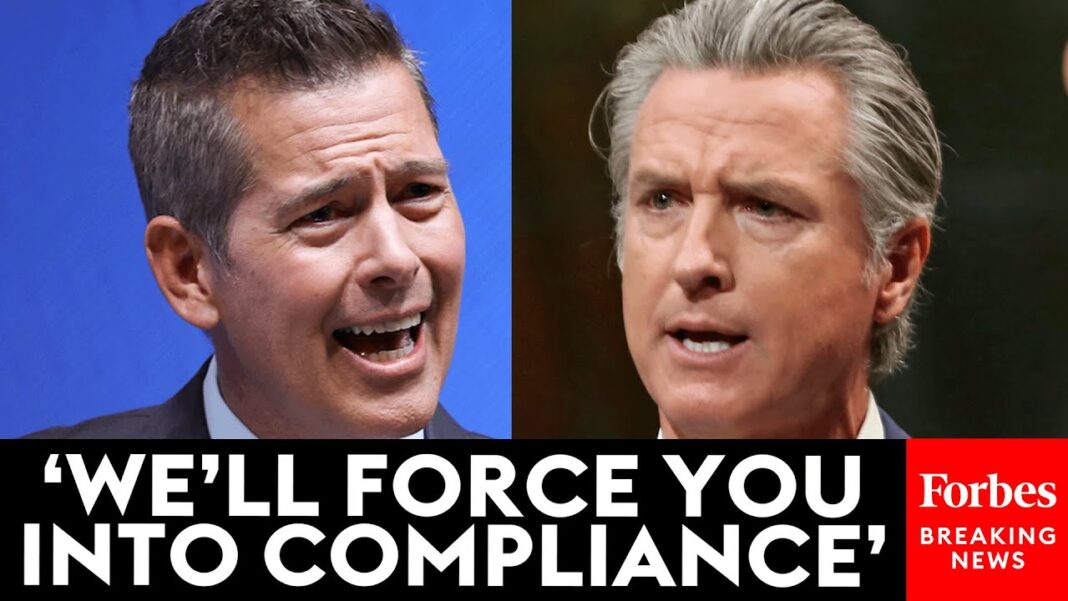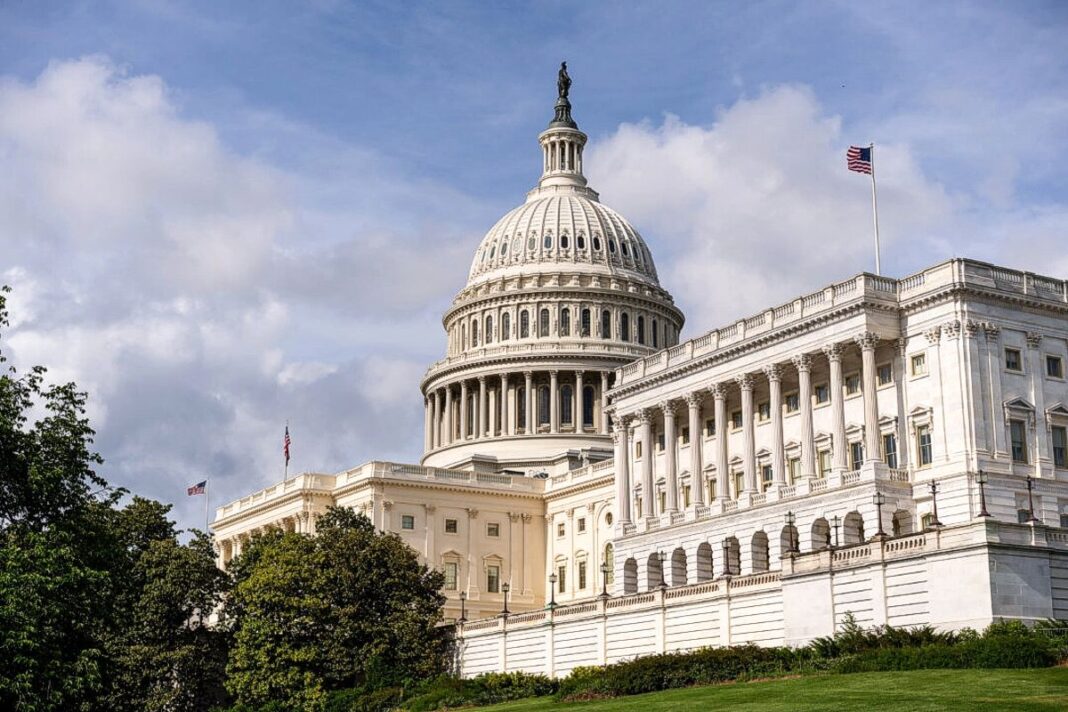Article 4 has been activated nine times since 1949—most recently, after members reported incursions by Russian air units into their airspace.
Denmark on Sept. 26 confirmed there are no plans to invoke NATO’s Article 4, after drone incursions in its airspace earlier this week.
Foreign Minister Lars Lokke Rasmussen told reporters, “Article 4 has been activated nine times in NATO’s entire history, and twice recently in relation to Poland and Estonia, so we have no reason to do so.”
Twice this week, Denmark was forced to close its airports after drone sightings.
Danish Prime Minister Mette Frederiksen linked the incidents to a series of suspected Russian drone incursions across Europe amid Russia’s ongoing war with Ukraine, without citing evidence.
Russia denied involvement.
As a result, and up until Friday, Denmark had been considering whether to invoke Article 4.
While there is greater familiarity with NATO’s Article 5—the mutual defense pledge—people may be less aware of Article 4.
Here’s what Article 4 is, and how it works.
What Is Article 4?
Article 4 is the shortest of all the clauses in the North Atlantic Treaty, which was ratified in Washington on April 4, 1949.
It states, “The parties will consult together whenever, in the opinion of any of them, the territorial integrity, political independence or security of any of the parties is threatened.”
This means that if a NATO ally has an issue of concern—particularly around security—it can table a discussion at the North Atlantic Council (NAC), NATO’s principal political decision-making body.
Members can discuss the issue, which can potentially lead to some form of joint decision or action.
It effectively puts the issue formally on NATO’s agenda.
However, invoking Article 4 and discussing it does not automatically lead to any action.
Why Are Countries Invoking Article 4?
Most recently, countries have invoked Article 4 after they have reported incursions into their airspace. They have accused Russia of being behind the incidents.
Poland invoked Article 4 on Sept. 10 after it downed several Russian drones that had entered Polish airspace.
Then on Sept. 23, NATO allies met after Tallinn’s Article 4 request, after three Russian fighter jets entered Estonia’s airspace.
Russia has denied NATO accusations that it has repeatedly violated its airspace.







